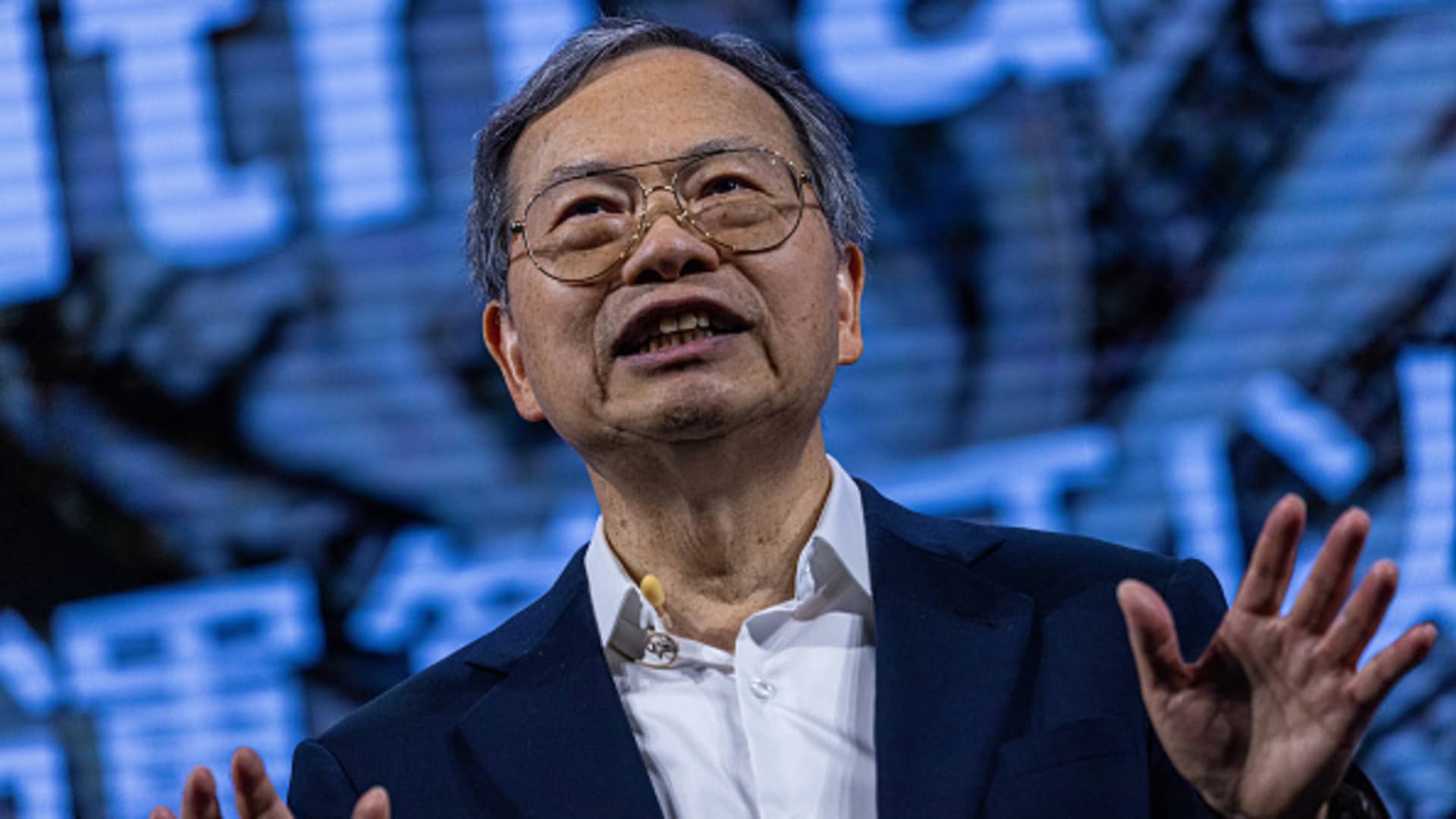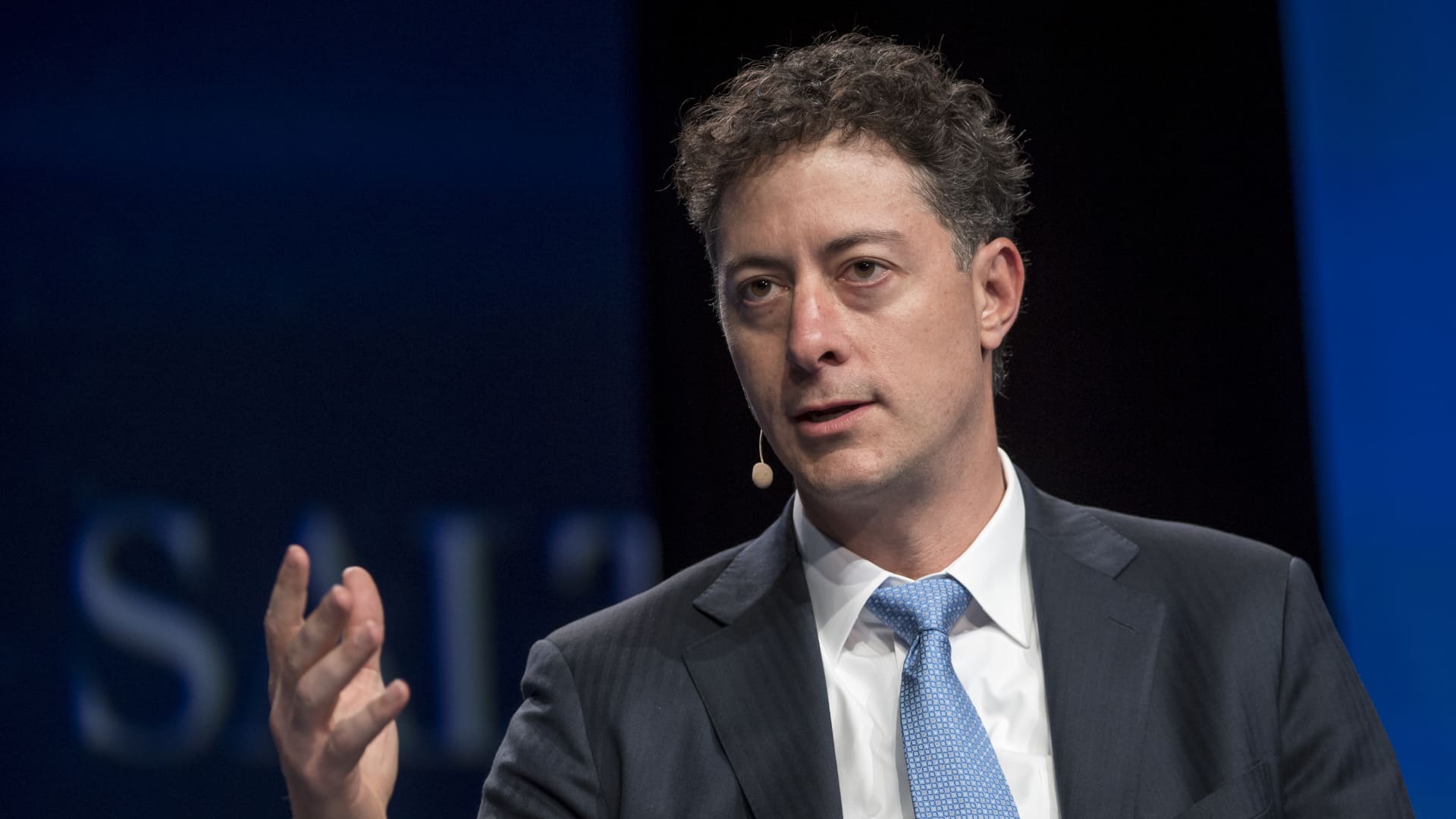KUALA LUMPUR, MALAYSIA – 2018/01/24: A foreigner is seen with a Malaysia flag as a background. Kuala Lumpur or commonly known as KL is the national capital for Malaysia and is the fastest growing metropolitan regions in South-East Asia. The urban city is also well known to the world for tourism and shopping. Kuala Lumpur has a great public transportation for people travel around the city. (Photo by Faris Hadziq/SOPA Images/LightRocket via Getty Images)
Faris Hadziq | Sopa Images | Lightrocket | Getty Images
Malaysia is emerging as a hotspot for semiconductor factories as U.S.-China tensions prompt companies to diversify operations.
“Malaysia has well-established infrastructure with around five decades of experience in the ‘back end’ of the semiconductor manufacturing process, particularly in assembly, testing and packaging,” said Kenddrick Chan, head of the digital international relations project at LSE IDEAS, the foreign policy think-tank of the London School of Economics and Political Science.
Semiconductors – critical components found in everything from smartphones to automobiles – have been at the center of a U.S.-China technology war.
American chip giant Intel in December 2021 said it will invest more than $7 billion to build a chip packaging and testing factory in Malaysia, with production expected to begin in 2024.
“Our decision to invest in Malaysia is rooted in its diverse talent pool, well-established infrastructure, and robust supply chain,” Aik Kean Chong, Intel Malaysia’s managing director, told CNBC.
Intel’s first overseas production facility was an assembly site in Penang launched in 1972 with a $1.6 million investment. The company went on to add a full test facility as well as a development and design center in Malaysia.

Another U.S. chip giant, GlobalFoundries, in September opened a hub in Penang to “support global manufacturing operations” alongside its plants in Singapore, the U.S. and Europe.
“The forward-thinking policies and strong support from the regional government together with partners like InvestPenang have built a strong ecosystem for the industry to thrive,” said Tan Yew Kong, senior vice president and general manager of GlobalFoundries Singapore.
Germany’s top chipmaker Infineon in July 2022 said it will build a third wafer fabrication module in Kulim while Neways, a key supplier to Dutch chip equipment maker ASML, said last month it will construct a new production facility in Klang.
“Malaysia’s edge has always been its skilled labor in packaging, assembly and testing, and lower comparative operating costs, making exports more competitive globally,” said Yinglan Tan, founding managing partner at Insignia Ventures Partners. He added that the ringgit’s current position makes the country an “attractive location for foreign players.”
Malaysia holds 13% of the global market for chip packaging, assembly and testing services, said the Malaysian Investment Development Authority in a Feb. 18 report. Exports of semiconductor devices and integrated circuits increased by 0.03% to 387.45 billion Malaysian ringgit ($81.4 billion) in 2023, amid global chip demand weakness.
Malaysia Semiconductor Industry Association president Datuk Seri Wong Siew Hai said many Chinese firms diversified some of their production to Malaysia, calling the country China’s “plus one.”
Zafrul Aziz, Malaysia’s investment, trade and industry minister, told CNBC in January that Malaysia aims to focus on the “front end” of the chip manufacturing process, instead of just the “back end.” Front end processes involve wafer fabrication and photolithography, while back end processes focuses on packaging and assembly.
In a bid to grow the country’s semiconductor ecosystem and attract investments, Malaysia in January set up a national semiconductor strategic taskforce, local media reported.
U.S.-China tensions
India in February approved the construction of three semiconductor plants with investments of more than $15 billion. India in June approved U.S. memory chip giant Micron’s plans to set up a semiconductor unit.
In the same month, the world’s largest contract chip maker TSMC opened its first Japan factory as it diversifies away from Taiwan amid U.S.-China tensions.
Washington introduced sweeping rules in October 2022 aimed at restricting China’s access to advanced chip technology amid concerns that China could use them for military purposes. Last year, the U.S. announced new regulations preventing U.S. chip designer Nvidia from selling advanced AI chips to China.
“Malaysia and Asia in general is poised to benefit from the China-U.S. tech war, where access to advanced semiconductor chips are being weaponised as a tool to establish global technological supremacy,” said May-Ann Lim, director of the data governance practice at public policy consultancy Access Partnership.
Brain drain
While Malaysia stands to benefit from the U.S.-China chip war, its brain drain poses challenges as workers leave the country for better job prospects and higher salaries.
“This may well be the case if companies invest in upskilling the workforce in Malaysia, only to lose them to other competitors around the region once they have the skills,” said Lim.
An official study conducted in 2022 revealed that 3 out of 4 Malaysian workers in Singapore are skilled or semi-skilled, highlighting the country’s brain drain problem.
“Whether this demand generated by supply chain diversification will be met with enough supply of skilled talent in the country is still an ongoing operational challenge,” said Tan of Insignia Ventures Partners.
Malaysian Prime Minister Anwar Ibrahim in September said the government is looking to attract skilled Malaysians to return and contribute to the country.







